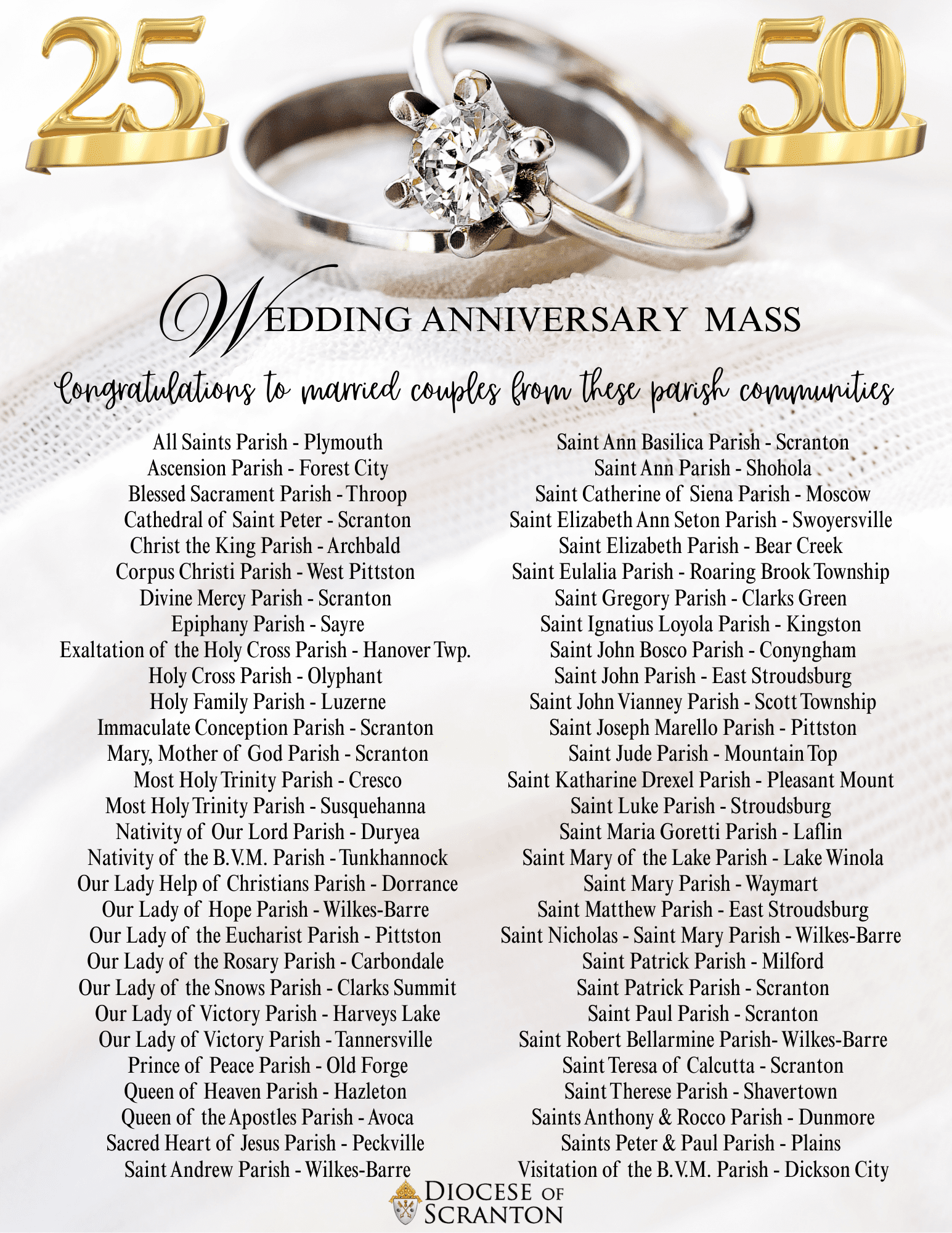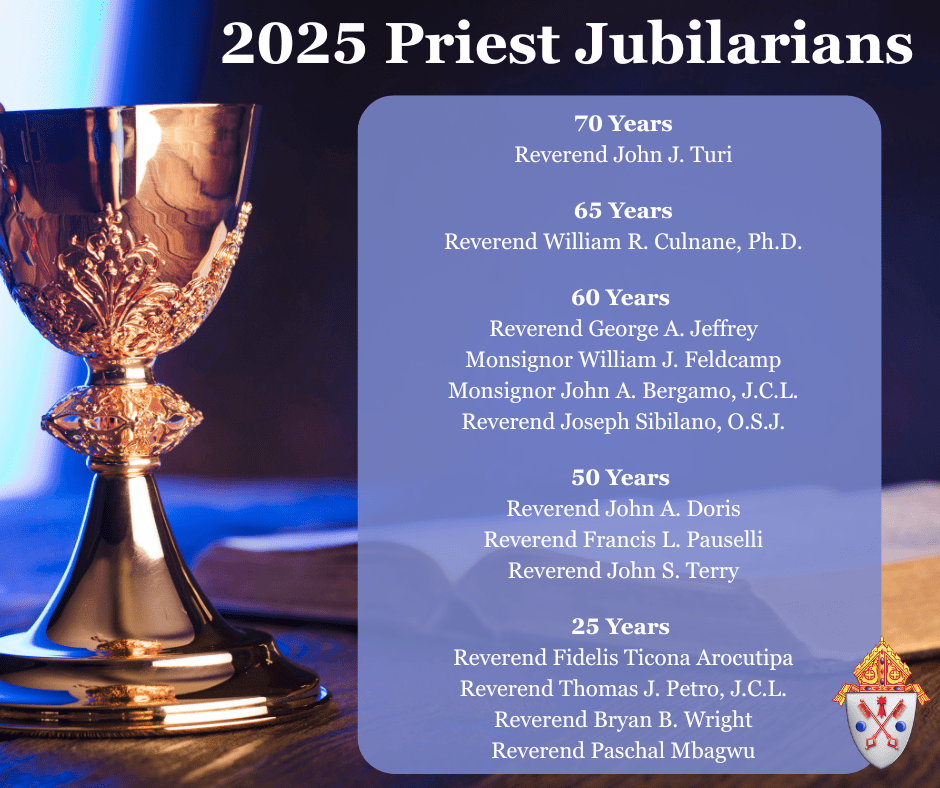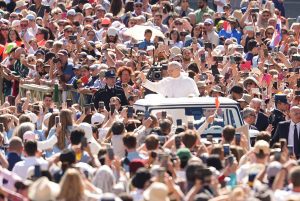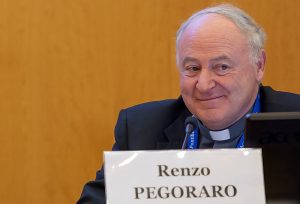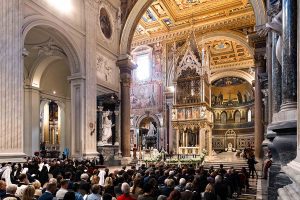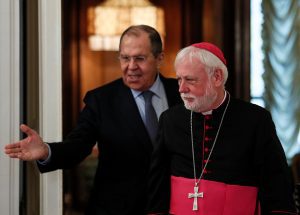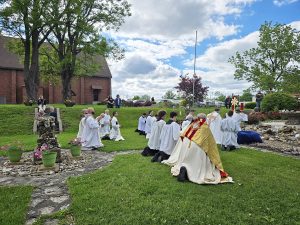(OSV News) – The four years Robert F. Prevost spent at Villanova University in Philadelphia – from the fall of 1973 until May 1977, when he graduated with a degree in mathematics and began his novitiate with the Augustinian order – included the opening salvos of the pro-life movement.
On Jan. 22, 1974, the first anniversary of the Supreme Court’s Roe v. Wade decision, which enshrined abortion on demand as a constitutional right, Villanova students, including Prevost, the future Pope Leo XIV, were part of a pro-life demonstration at Independence Mall in Philadelphia. The principal speaker was Cardinal John J. Krol of Philadelphia, who was then president of the U.S. bishops’ twin conferences, now called the U.S. Conference of Catholic Bishops.
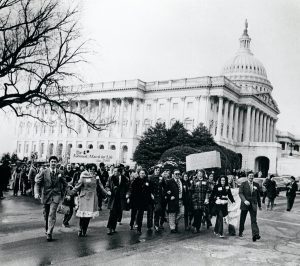
That same day in Washington Nellie Gray, a Texas-born former government lawyer renowned for her bluntness, led, along with the Knights of Columbus, the first national March for Life, which drew many thousands of marchers and included the formation of a “circle of life” around the U.S. Capitol.
She became famed for never seeking compromise. Typical of Gray’s comments was one to The Catholic Commentator, the newspaper of the Diocese of Baton Rouge, Louisiana, in 1979: “We won’t settle for just a little bit of abortion, because babies can’t be just a little bit dead.”
The national march has evolved since then. Even after the Supreme Court overturned Roe v. Wade in 2022 with the Dobbs v. Jackson Women’s Health Organization decision, the March for Life’s participants have included student groups arriving in Washington by bus from around the country. It is currently focused on state abortion laws as well as one of its original goals, a constitutional amendment to ban abortion.
The bus pilgrims have included Villanova students since 1975.
Prevost was a founding member of Villanovans for Life, which had an office on campus by the spring of 1974. That September, students Margaret Mary Dowdall and Robert Dodaro formalized it as a club. According to Villanovans for Life, they are the oldest collegiate pro-life club in the United States and currently have 50 members.
Villanova classmate Laura Pyne told OSV News that she recalled meeting Prevost on the bus from Philadelphia to the march in Washington, but was uncertain whether the year was 1975, 1976 or 1977.
“He was a member of the Augustinian pre-novitiate group of young men who went to a seminary high school in Michigan and then attended Villanova,” she said. “They were all wonderful young men.”
“I do not recall what year or years our new pope attended the March for Life,” she said. “If only we had known the future, we would have taken notes and lots of pictures!”
Pyne, however, said she has a sharper memory of Prevost once attending a Halloween party costumed as Groucho Marx. The comedy legend was undergoing a sort-of renaissance in the 1970s until his death in 1977.
Not all Villanovans for Life participated in the national march, making memory recall of who went and who didn’t 50 years ago a bit hazy. A typical response was like that from Father William Lego, pastor of St. Turibius Parish in Chicago, a member of Villanovans for Life and a friend of the pope’s since grade school: “I did not attend a march in Washington, and I do not remember if the pope did.”
Father John Lydon, another founding member of the club, is the former president of the Catholic University of Trujillo in Peru and worked for 10 years with then-Bishop Prevost for 10 years when he was the bishop of Chiclayo and taught canon law at the university.
“I know I was at several Marches for Life in Washington, but I can’t recall if I went with Villanovans for Life,” Father Lydon told OSV News. “I presume so, but can’t remember.”
According to her children, the late Margaret Mary Filoromo (formerly Dowdall) — who was honored by Villanovans for Life at their 50th anniversary dinner in March 2024 — took immense pride in the other founding members of the club, including her co-founder, the now-Father Dodaro, who did not respond to an interview request.
Filoromo, who met her future husband, Mike Filoromo, in Villanovans for Life and married him in 1979, built a career in nursing and headed the Chester County Pro-Life Coalition. She never forgot her college friend, the future pope, before her death last June.
“I have heard about him all my life,” her daughter, Maura Filoromo, told OSV News from her home in suburban Philadelphia. “She talked about where he was in Peru, when he became head of the Augustinians (prior general), and so on. She was really proud of all he accomplished.”
Filoromo added, “When he became cardinal less than two years ago, she told everyone she knew. She said to me, ‘My friend could become pope. Wouldn’t that be wild?'”
Pope Leo’s college years at Villanova were bracketed by pro-life demonstrations. At his commencement on May 19, 1977, a group of students — with a coffin as a prop — objected to the honorary degree being given to Jesuit Father Robert Drinan. Father Drinan, as a U.S. congressman from Massachusetts (in office 1971-1981), supported a legal right to abortion. He received the degree anyway.
The national March for Life events held from 1975-77 — the timeframe for when then-Robert Prevost would have participated — had a freewheeling and somewhat raucous character. They usually began with a rally on the West Terrace of the Capitol and then marched down Pennsylvania Avenue to the Ellipse, near the White House, for a second rally.
The 1977 march was more boisterous than usual thanks to, not in spite of, temperatures hovering around 20 degrees Fahrenheit. It was held on a Saturday, which undoubtedly improved attendance, but since congressional offices were closed, the lobbying effort was useless.
At the Capitol rally, estimated by U..S. Capitol Police to have 35,000 attendees, all battered by the chill, participants demanded that the speeches by politicians be cut short and began to chant, “March! March! March!” Then at Lafayette Park, some marchers made their way to the fence of the White House (then occupied by President Jimmy Carter) and chanted, “Come out, Carter!”
In any event, Villanovans for Life has a founding member now with a global platform to speak on the dignity of all human life. Pope Leo’s first comments on abortion since his May 8 election to the papacy were made in May 16 remarks to the Vatican diplomatic corps.
He said, “It is the responsibility of government leaders to work to build harmonious and peaceful civil societies. This can be achieved above all by investing in the family, founded upon the stable union between a man and a woman.”
The pope added, “In addition, no one is exempted from striving to ensure respect for the dignity of every person, especially the most frail and vulnerable, from the unborn to the elderly, from the sick to the unemployed, citizens and immigrants alike.”
He said the church “can never be exempted from speaking the truth about humanity and the world, resorting whenever necessary to blunt language that may initially create misunderstanding. Yet truth can never be separated from charity, which always has at its root a concern for the life and well-being of every man and woman.”


